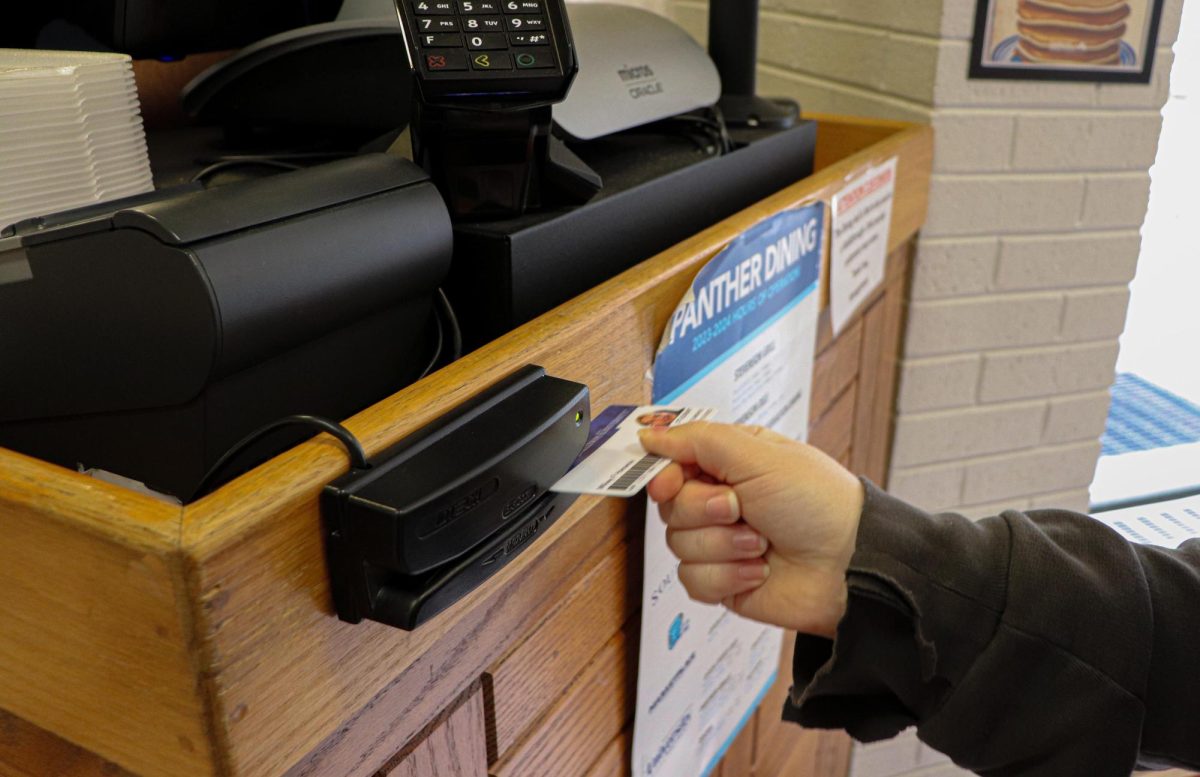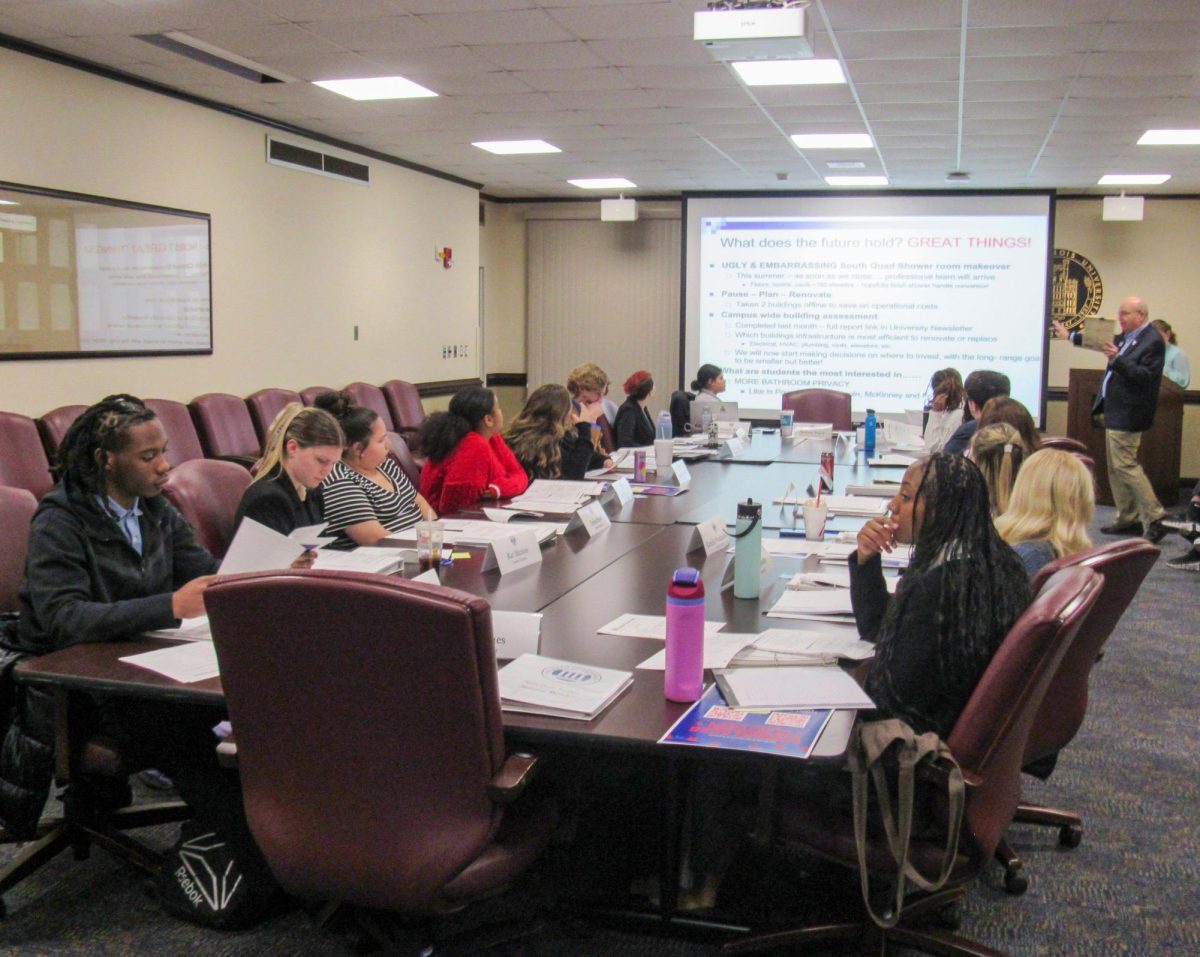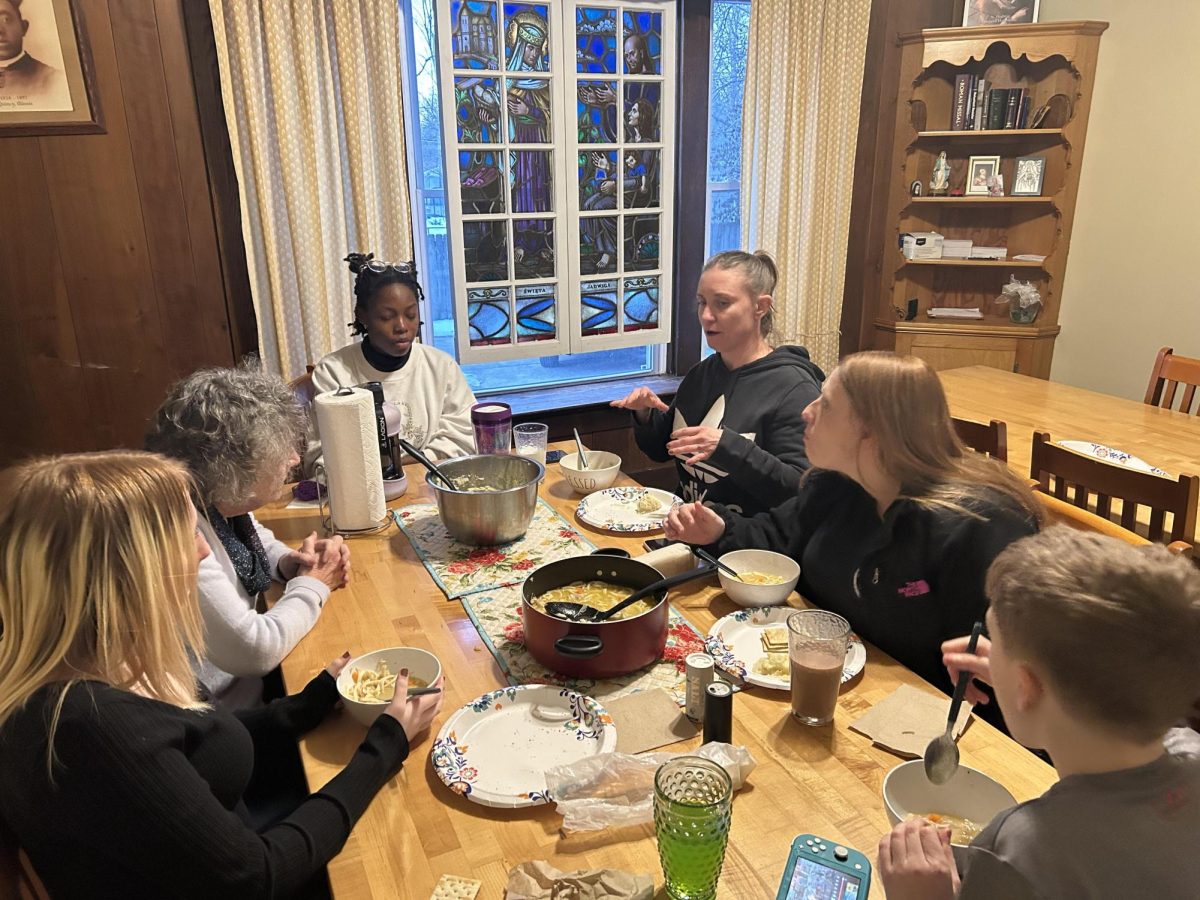Students with a meal plan pay around $8 per meal when they swipe into a dining hall, said Executive Director of University Housing & Dining Services Mark Hudson.
Eastern currently holds five meal plans for students that also include bonus meals and dining dollars.
Hudson said that decades ago there was only one meal plan including 20 meals. The plans were changed in around 2000 to include more meal plans so that students could have the option to eat in the Martin Luther King Jr. University Union food court.
Dining dollars are spent at the Martin Luther King Jr. University Union at the fast-food restaurants there like Chick-fil-A, the Panther Grille and Qdoba Mexican Eats.

For students without a meal plan, going to a dining hall will cost $10 per meal, coming out to a 20% discount for meal plan holders.
According to Christopher Coffey, associate director of housing and dining for panther dining, the cost of the meal plans is included in the room and board rate.
“It was felt that they (students) didn’t need a full 21 [swipes] because they’re going to eat some of their meals in the food court,” Hudson said.
Hudson also said that since many students do not eat all of the meals in dining halls, housing and dining incorporated the dining dollars.
The unlimited meal plan was included around five years ago, according to Hudson. It was targeted toward athletes, at their request, but more non-athlete students have the plan than student athletes.
“The meal plans are like room and board combined,” Hudson said. “So, all of them are priced with the difference between the meal plans. They’re all priced with a standard double room. So, if you’re a student who is on the unlimited plan, your room and board rate in a double room would be $5,962 a semester.”
The money used to run housing and dining services comes from the people that use the business.
“What we do is we have a process where we calculate what our expenses are every year, and then we divide them by the number of people that we project to be living with us. That’s how we set our budget and what our rates are and our objective.”
Hudson said some of the bills that they have to pay are their grocery bills, which is over $3 million annually, and the utility bill, which is over $5 million annually.
One of the questions that Hudson said students ask him is about not being able to allow their friends to use their meal swipes.
“The reason is because the way the budget is built, we know that students are going to miss about a third of their meals, so we adjust the price down to reflect that accordingly,” Hudson said. “It’s based on the theory that a person can only eat so much, but if you use your 12 [meal swipes], then you give somebody [your] next three, then we’re going to have to make the prices more expensive because we’re using more food.”
Audra Gullquist contributed to this story.
Cam’ron Hardy can be reached at 581-2812 or at dennewsdesk@gmail.com.

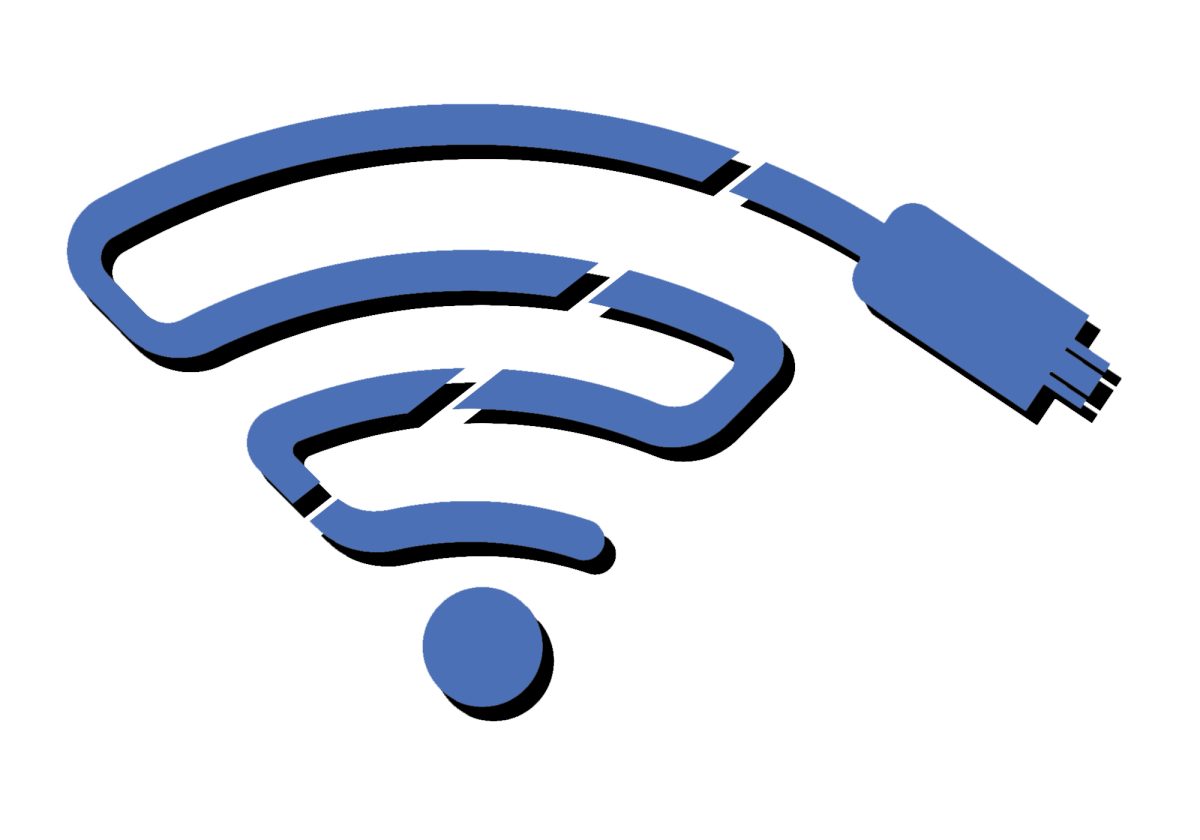
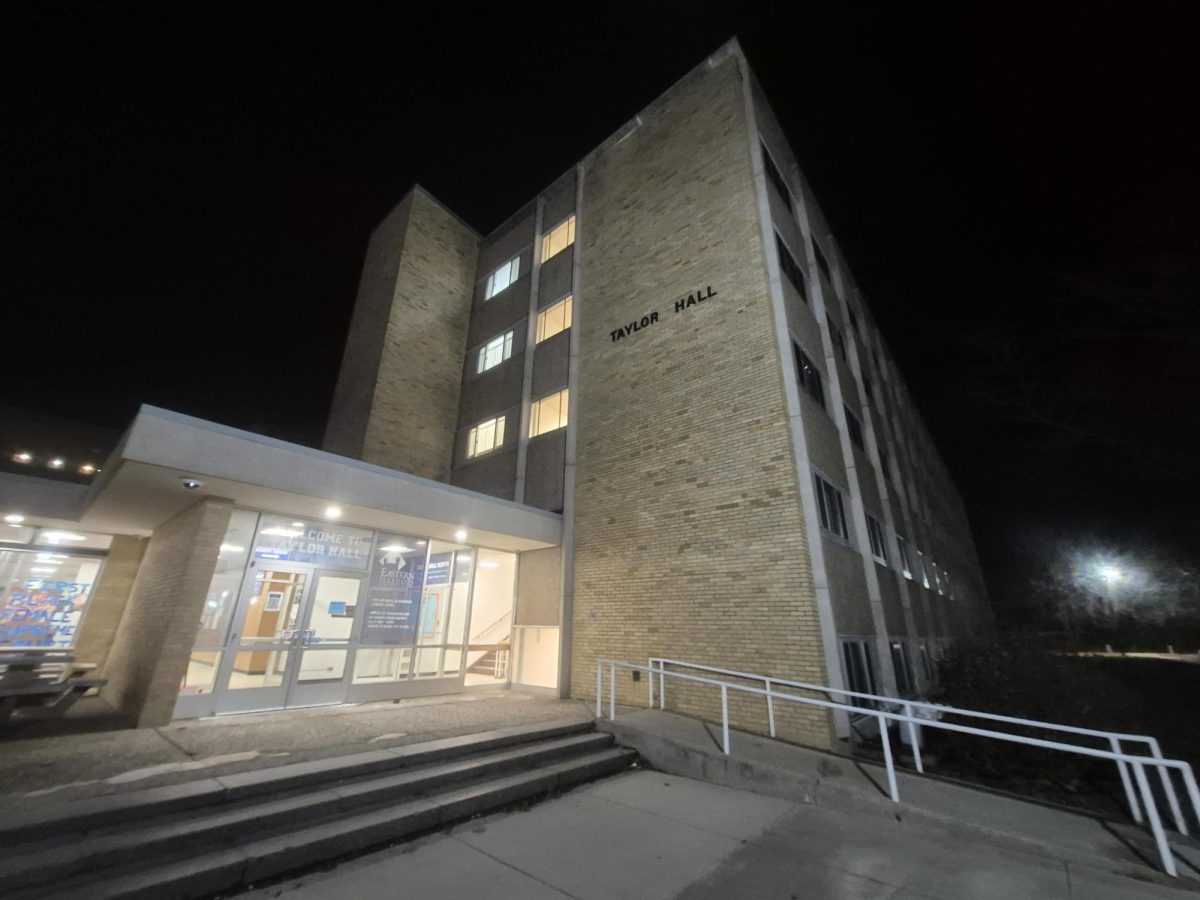
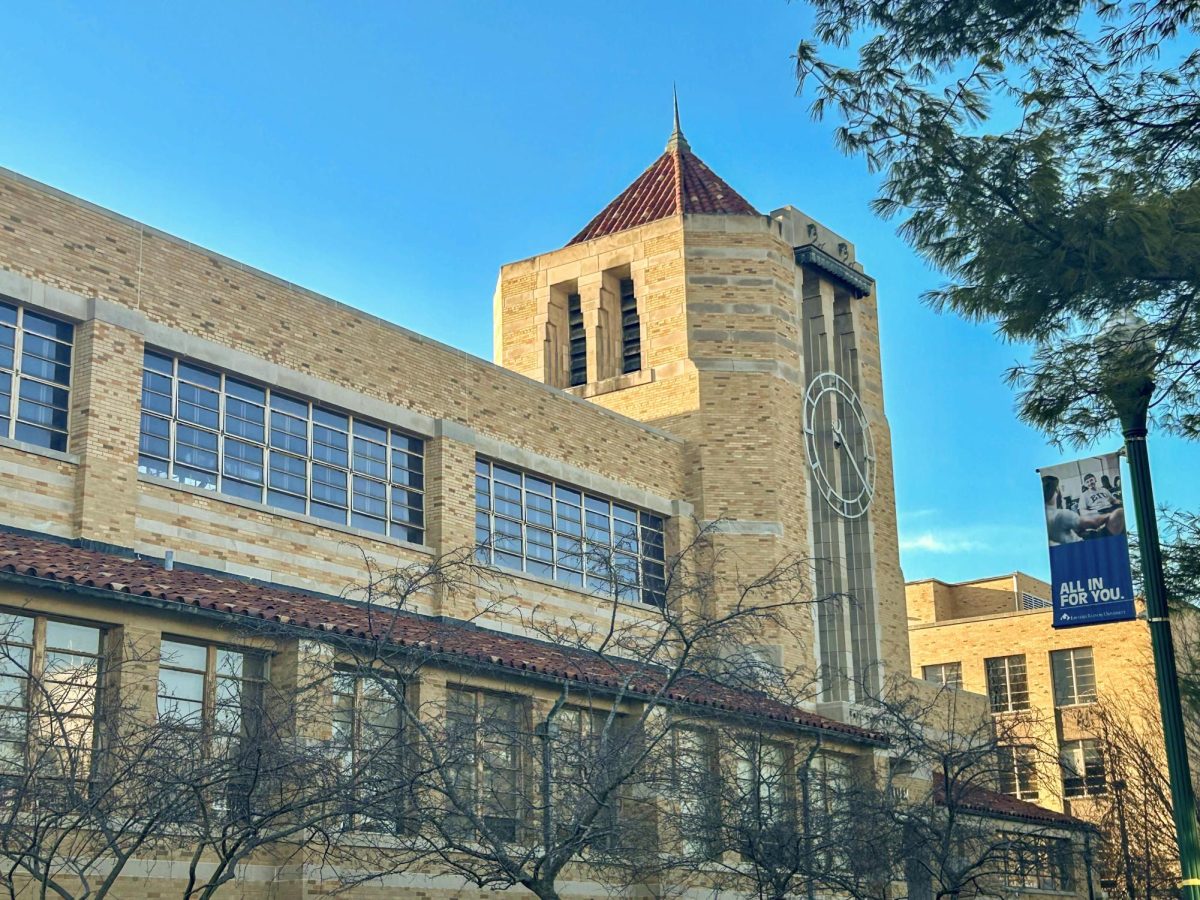
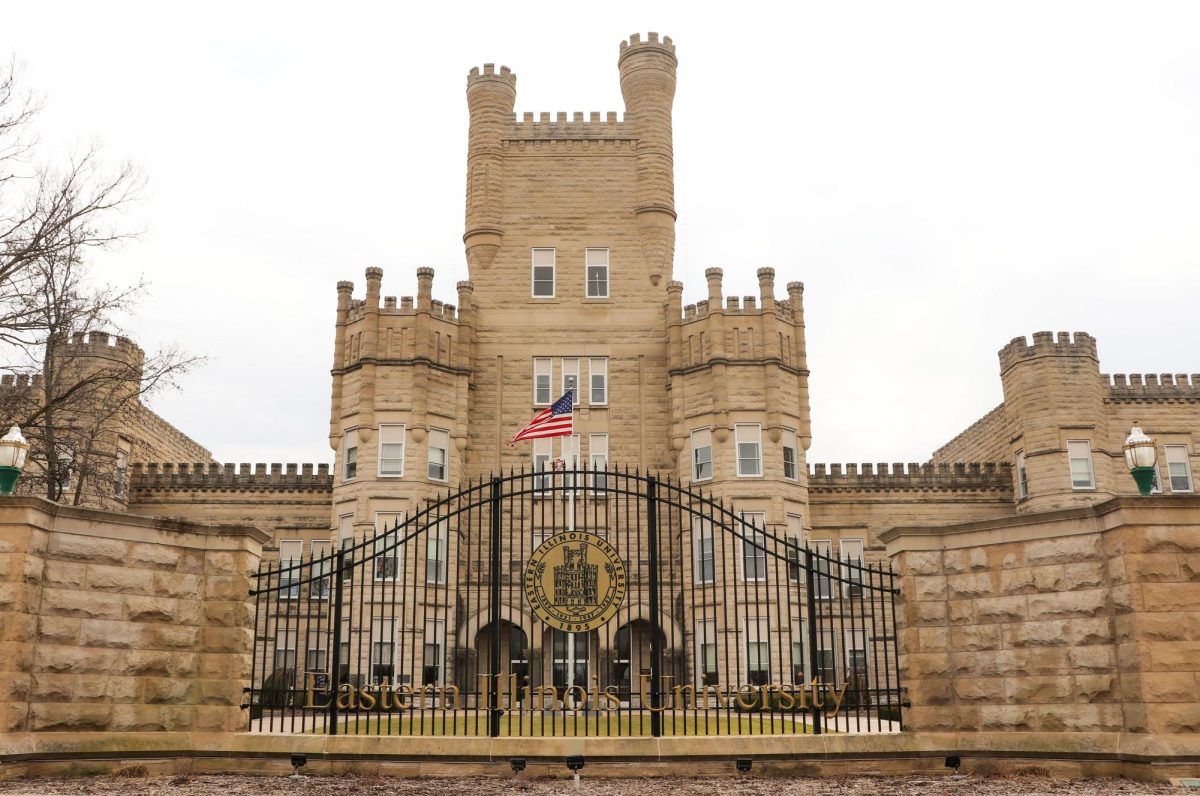
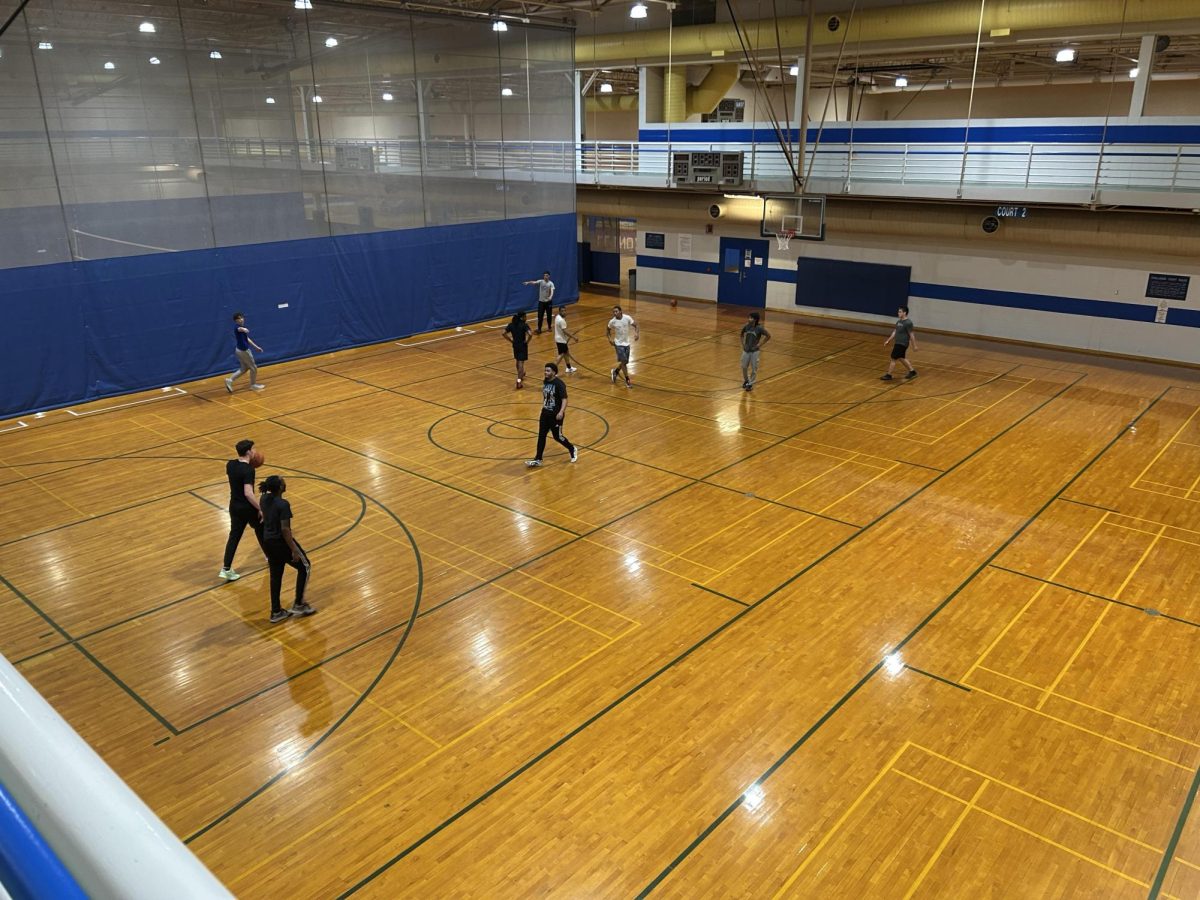
![[Thumbnail Edition] Senior tennis player Luisa Renovales Salazar hits the tennis ball with her racket at the Darling Courts at the Eastern Illinois University campus in Charleston, ILL.](https://www.dailyeasternnews.com/wp-content/uploads/2025/03/Tennis_01_O-1-e1741807434552-1200x670.jpg)


![[Thumbnail Edition] Senior right-handed pitcher Tyler Conklin pitching in the Eastern Illinois University baseball team's intrasquad scrimmage at O'Brien Field in Charleston, Illinois on Jan. 31.](https://www.dailyeasternnews.com/wp-content/uploads/2025/03/TC_01_O-e1741567955534-1200x669.jpg)






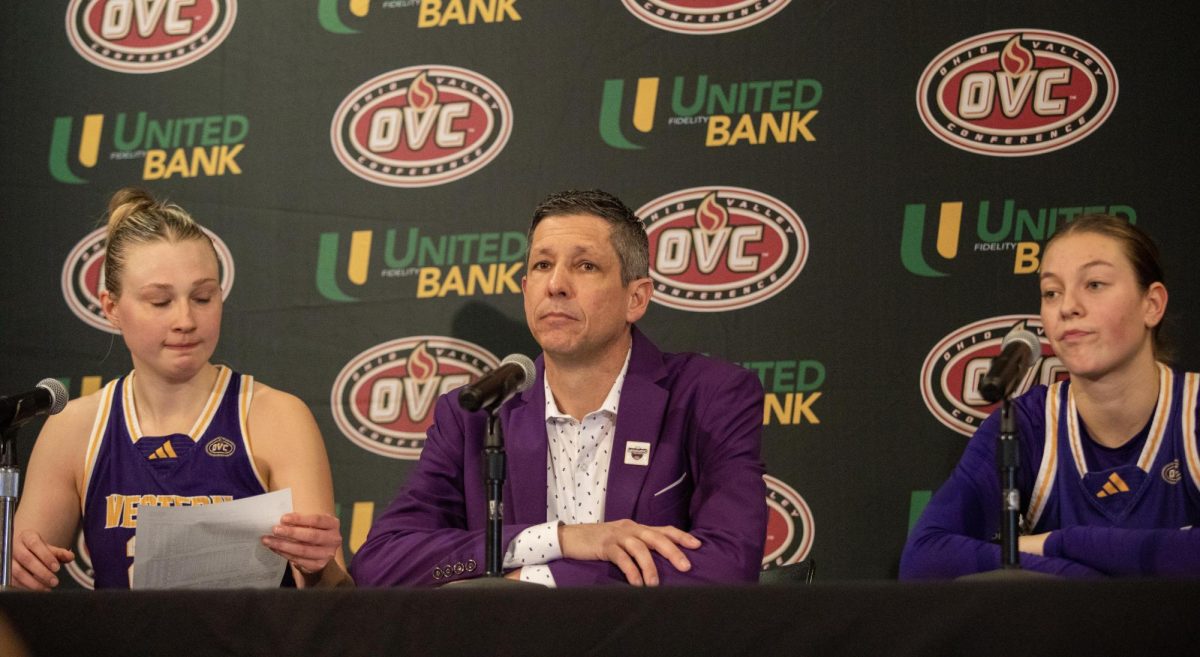
![[Thumbnail Edition] Senior, forward Macy McGlone finds an open teammate to pass the ball too during the game against the Tennessee State Tigers 69-49, in Groniger Arena on the Eastern Illinois University campus, Charleston Ill.](https://www.dailyeasternnews.com/wp-content/uploads/2025/03/WBB_02_O-1-e1741228987440-1200x692.jpg)


















![E[Thumbnail Edition] Eastern Illinois softball freshman utility player Abbi Hatton deciding to throw the softball to home plate in a fielding drill during softball practice at the field house in Groniger arena on Tuesday Feb. 11.](https://www.dailyeasternnews.com/wp-content/uploads/2025/03/SB_03_O-e1741208880750-1-e1741209739187-1200x815.jpg)

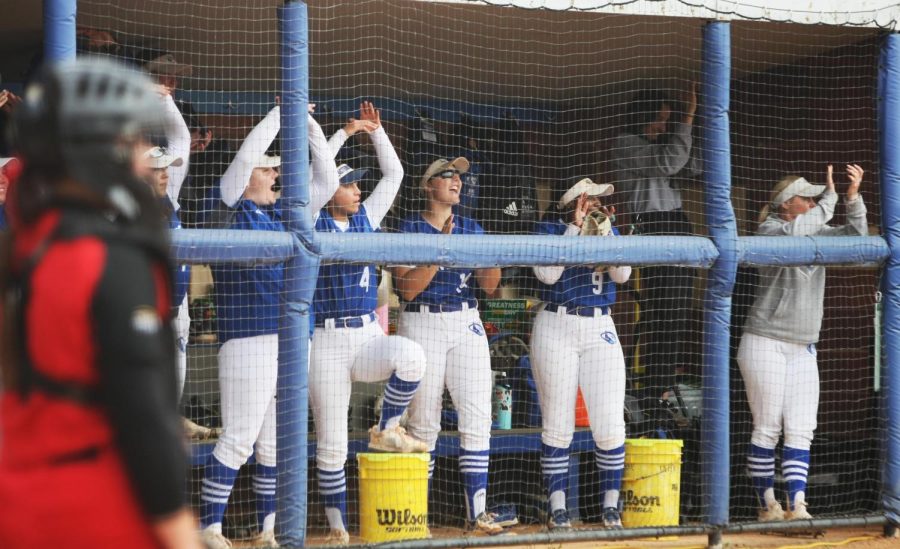













![The Weeklings lead guitarist John Merjave [Left] and guitarist Bob Burger [Right] perform "I Am the Walrus" at The Weeklings Beatles Bash concert in the Dvorak Concert Hall on Saturday.](https://www.dailyeasternnews.com/wp-content/uploads/2025/03/WL_01_O-1200x900.jpg)
![The team listens as its captain Patience Cox [Number 25] lectures to them about what's appropriate to talk about through practice during "The Wolves" on Thursday, March 6, in the Black Box Theatre in the Doudna Fine Arts Center in Charleston, Ill.](https://www.dailyeasternnews.com/wp-content/uploads/2025/03/WolvesPre-12-1200x800.jpg)















